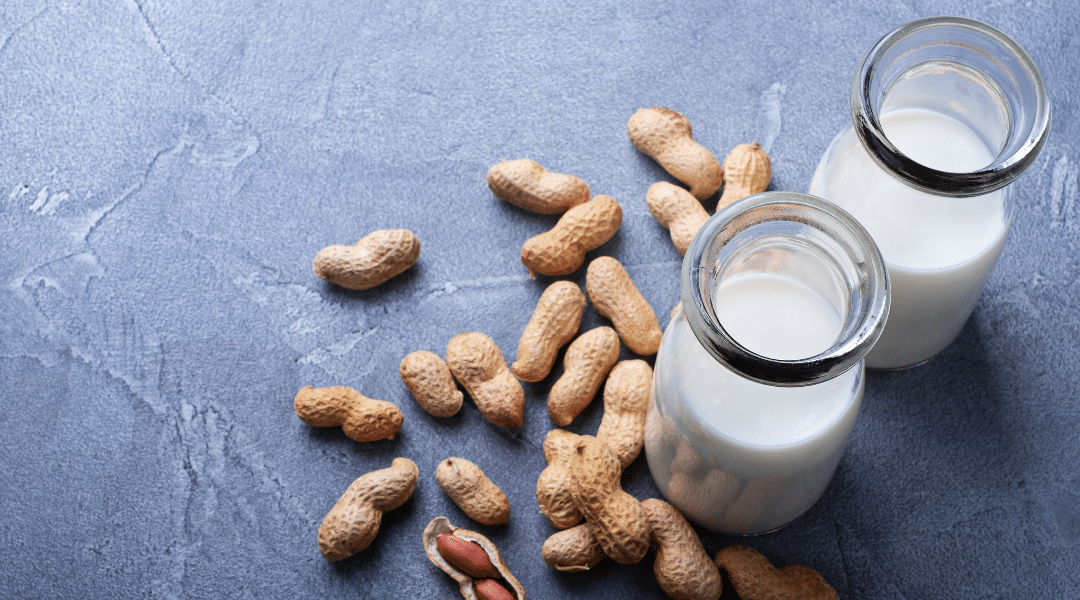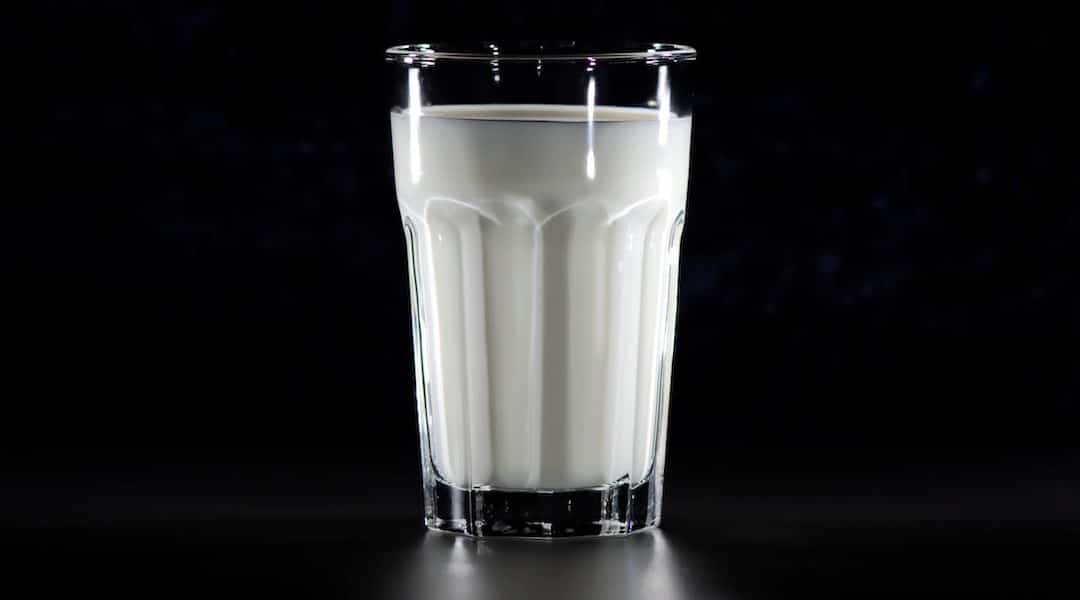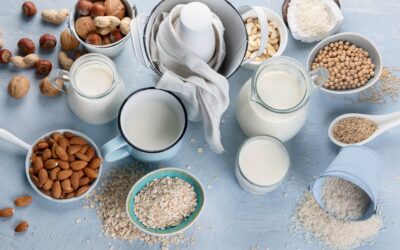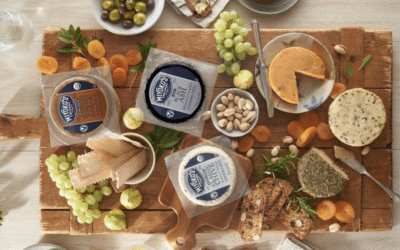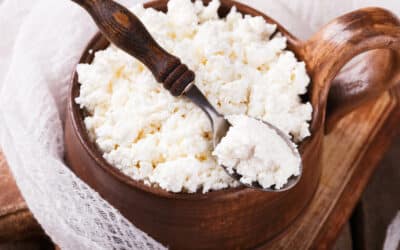The mere idea of cutting out cheese completely is daunting for many. The psychology is similar to the old trope—when someone tells you not to think of the purple elephant, all you think about is the purple elephant. We get it. When cheese is a staple in your diet and you think about giving it up, the mind instantly runs through all the things you can no longer have. But cutting out cheese isn’t about restriction, and it’s not about going cold-turkey. When done the right way, cutting out cheese isn’t a big deal, and as hard as it may seem right now, you won’t miss it. Here are six easy steps to cut out cheese.
1. Start small
Relax, you don’t have to throw out all the cheese in your kitchen. Some people do well going the all-or-nothing route, but for most, it ends up backfiring and you’re back to square one. For lasting change, it’s best to start ridiculously small. The effort needs to be easy so that the next step doesn’t seem scary. This first step needs to seem totally attainable. For example, the first week, keep eating all the cheese you normally do, but swap out cheesy chips or crackers for a non-dairy flavor. Snack on peanut butter puffs instead of cheese puffs, wheat crackers instead of Cheez-Its, pretzel goldfish instead of original goldfish. You get the idea. The following week, order a regular veggie burger instead of a cheese-topped veggie burger, or opt for tacos instead of a quesadilla.
Just change one thing at a time. Here are a few more simple ideas to cut out cheese little by little:
- Skip the parmesan when you’re making homemade pesto (here’s a great recipe)
- Order cold sandwiches with yummy roasted veggies instead of sandwich melts
- Limit cheese to just one item with every meal (IE, avoid cheese enchiladas with cotija-topped black beans)
- Eliminate cheese from one meal a day—like breakfast
2. Use alternatives
Guess what? You actually don’t have to give up cheese at all—you just have to swap out the source. Instead of cheese made from animal excretions, try cheese made from plants. Dairy-free cheese has come a long way in the last few years. Admittedly, some brands still aren’t great. However, several innovators have really perfected the craft, and quality plant-based cheese is more accessible and delicious than ever before.
There are stellar dairy-free alternatives for every kind of cheese—from sliced and shredded to saucy and creamy. Supermarkets are stocked with a wide variety—even Walmart carries its own brand of vegan cheddar shreds—and there is always a plethora of options online. Here are a few brands we love:
- Miyoko’s (variety of cheeses)
- Jule’s Foods (specialty brie)
- Loca (queso)
- Violife (variety of cheeses)
- Parmela (variety of cheeses)
- SriMu (gourmet cheese)
3. Keep trying
Don’t get discouraged if you try a dairy-free cheese and don’t love it. Not all non-dairy cheeses are created equal. There is even some variation within brands themselves. You may love the non-dairy sharp cheddar but not be a fan of the feta, for example. This isn’t unique to dairy-free cheese. For example, you could be obsessed with Ben & Jerry’s cookie dough flavor but hate the Cherry Garcia. Keep trying until you find something you really enjoy. Life is too short to settle for sub-par cheese.
4. Expand your palate
Sure, cheese tastes great, but it’s not the only food that can make your eyes roll back with pleasure. A few natural foods offer a similar umami experience without any dairy. Introducing nutritional yeast (wonderful food, horrible name, we know). Colloquially called “nooch,” these protein-packed yellow flakes add a cheesy flavor to whatever you’re cooking. Try adding it to steamed or roasted vegetables (hello, cheesy broccoli), salads, or pastas. For more on nutritional yeast, check out our guide here.
Tahini is another excellent swap to get your umami on. No, it doesn’t taste like cheese, but it’s wonderfully nutty and savory and makes a great addition to grain bowls, salads, wraps, sandwiches, and veggies. You just need a drizzle to experience the flavor.
Odd as it may sound, hummus is also a solid stand-in for cheese in many applications. Ever tried hummus dolloped and baked onto a pizza? It offers that same creamy texture of fresh ricotta. Hummus is also terrific when grilled into a vegetable quesadilla or spooned onto a Buddha bowl. Don’t knock it ‘til you’ve tried it!
5. Shake up your take-out routine
There are certain cuisines that rely on cheese more heavily than others—Italian, Mexican, American, etc. When you’re just starting to cut out cheese, you don’t want to place yourself on the road to temptation. Instead of these cheese-heavy options, choose a cuisine that is less reliant on cheese such as Japanese, Chinese, Ethiopian, Thai, or Indian (just avoid the paneer). You’ll find that many foods actually taste better without cheese!
6. Fill up with tasty, nutrient-dense foods
Cheese often fills a hole, whether that be nutritional or emotional. However, if you load your diet with satisfying foods, there won’t be a gap for cheese to fill. Instead of adding cheese to bulk up a salad, opt for avocado, hummus, or roasted vegetables (or all three!). Instead of devouring a grilled cheese in three bites because you were starving, plan a bit ahead and make sure you’re satiated throughout the day. When our bodies are nourished, they don’t need to send those ravenous hunger cues or trick you into thinking you’re hungry when you’re not. Trust in the power of momentum—when you eat healthier, you’re likely to naturally continue down that path.
You can cut out cheese, and it can be a liberating experience. Need more hands-on help? Email [email protected] and we’ll guide you through.
More on cheese:
The 411 on Cheese
Cheese: A Brief History and Why Americans Can’t Get Enough
The Essential Gourmet Grilled Cheese



